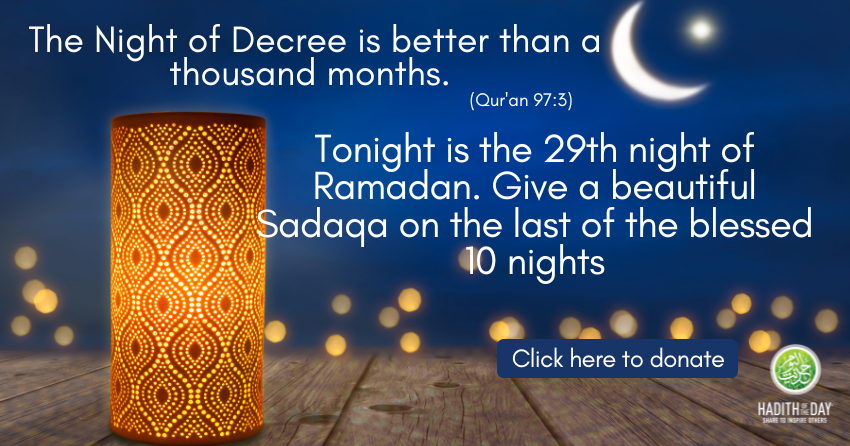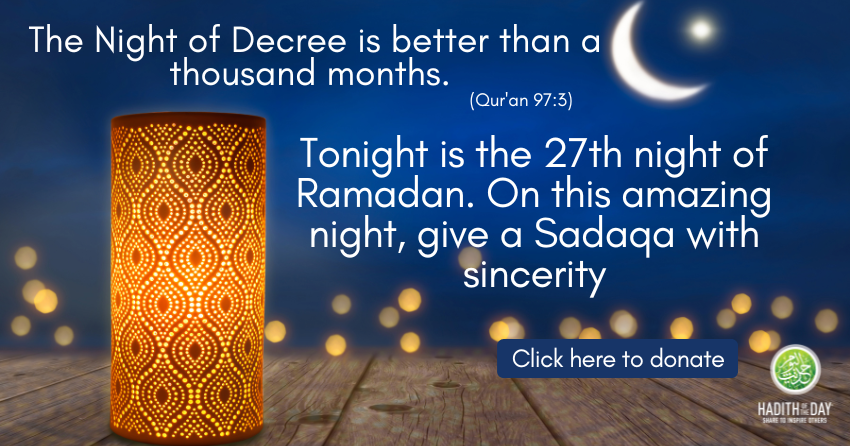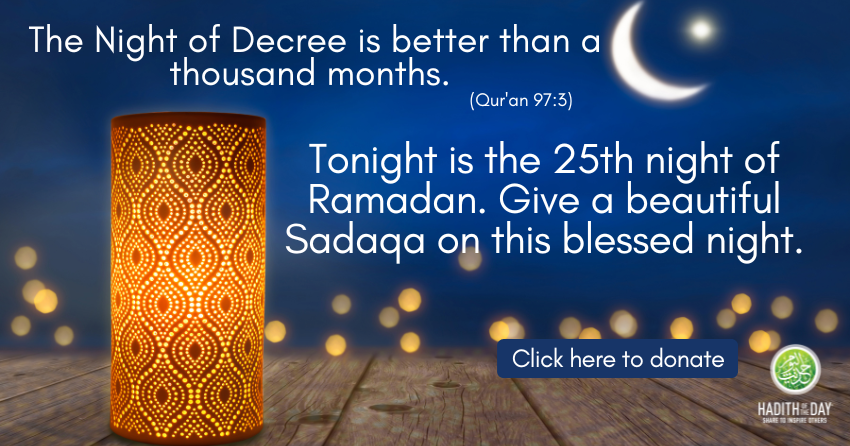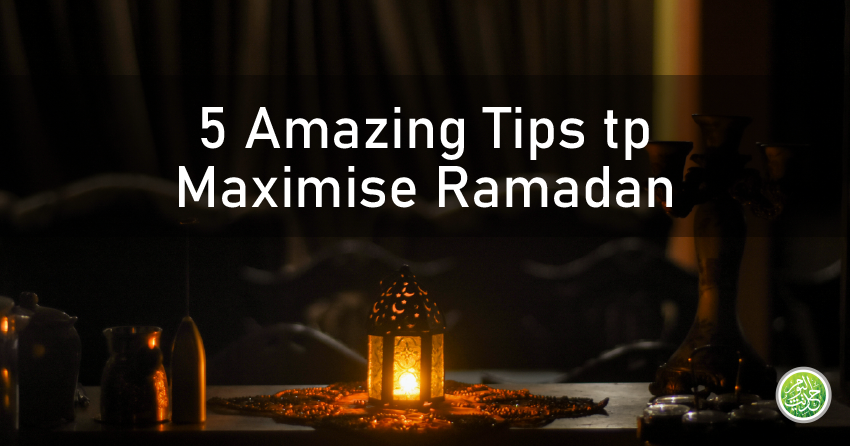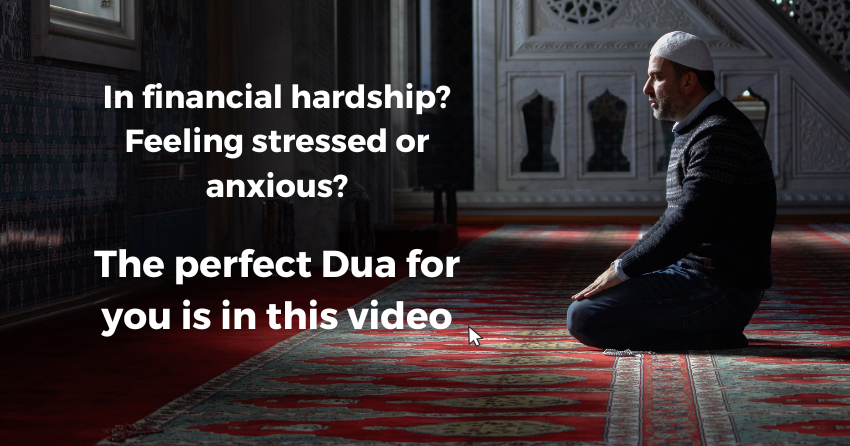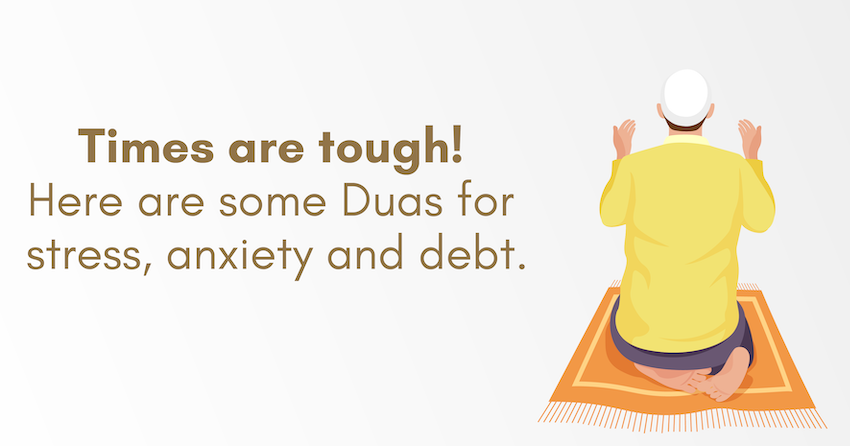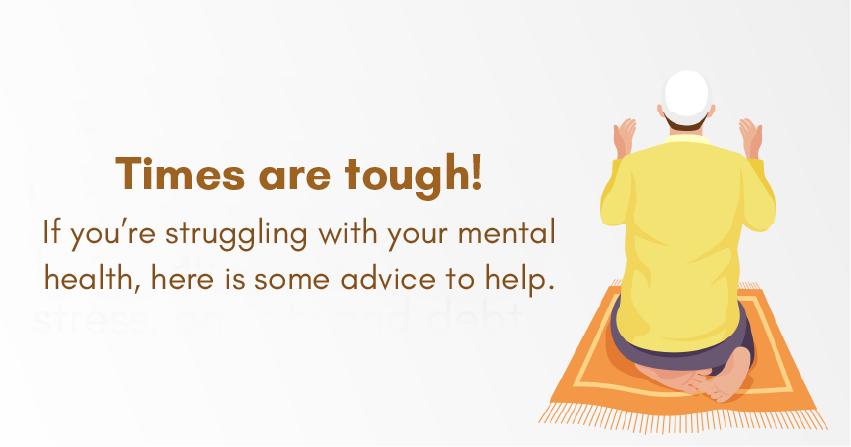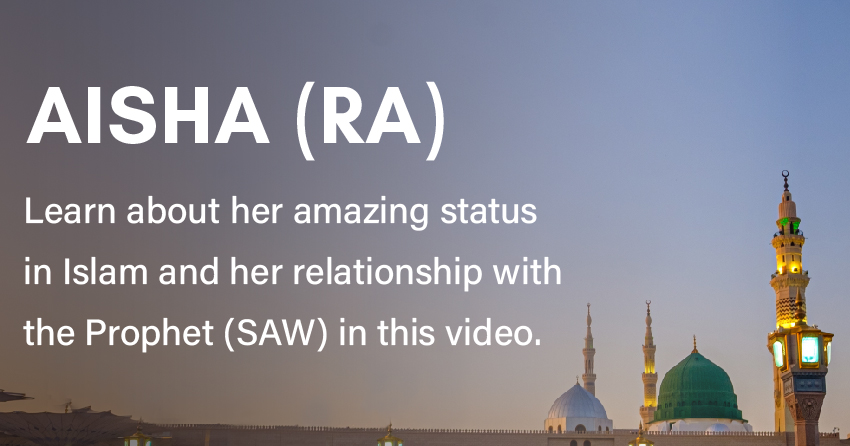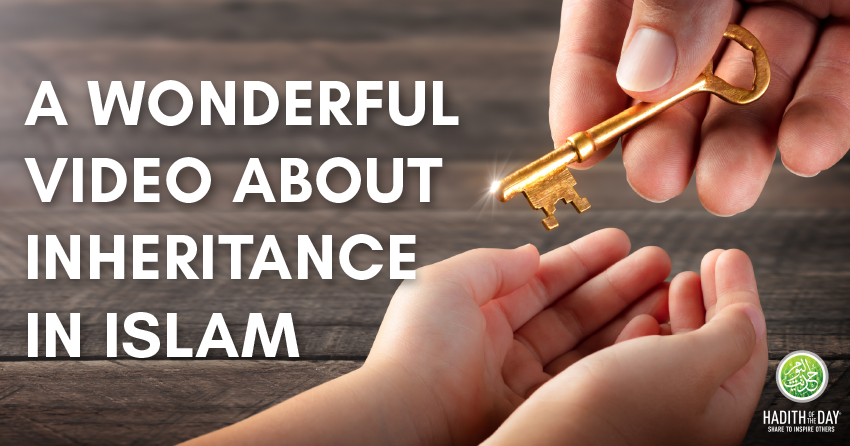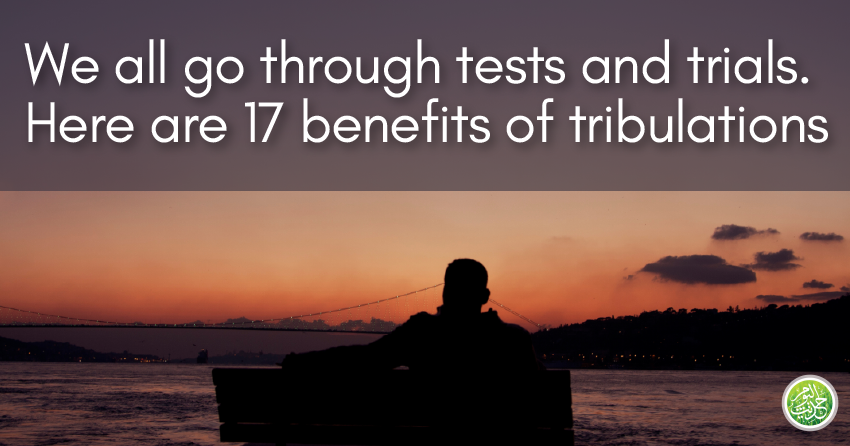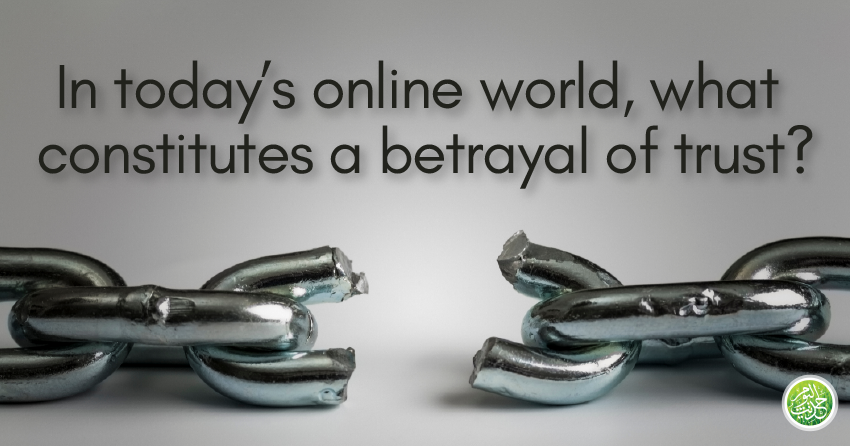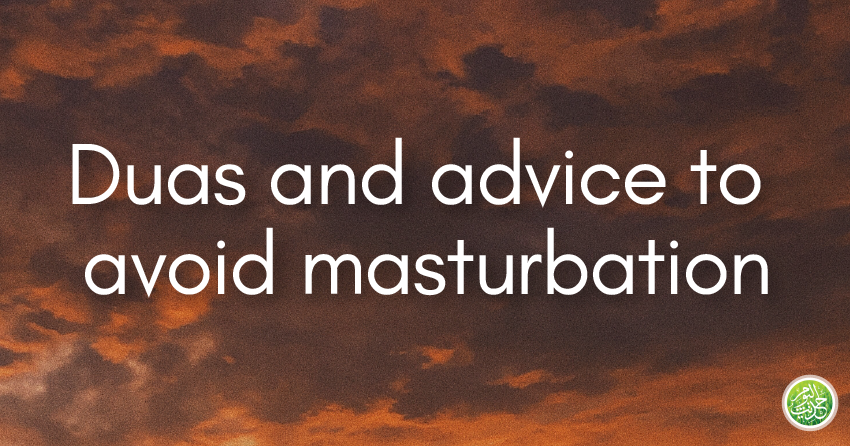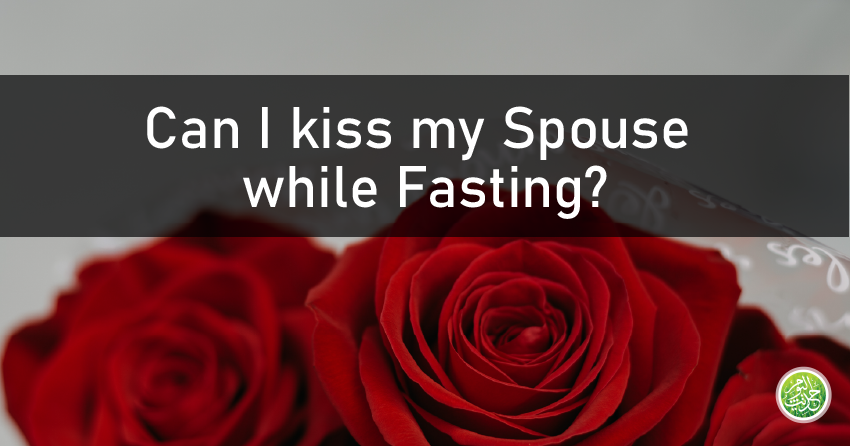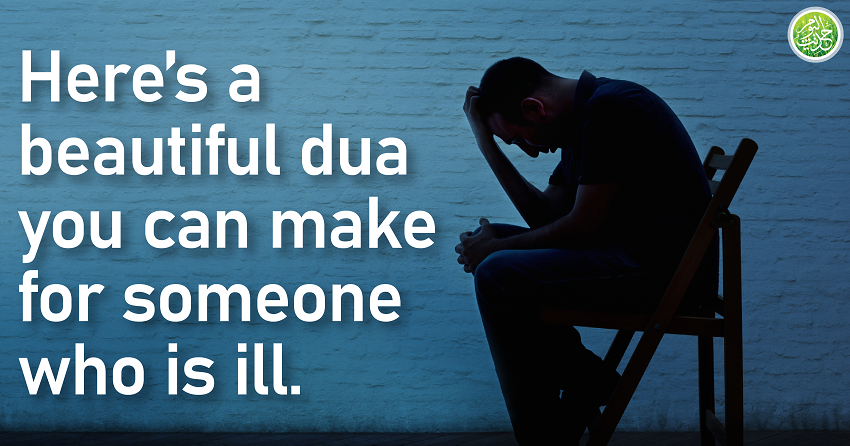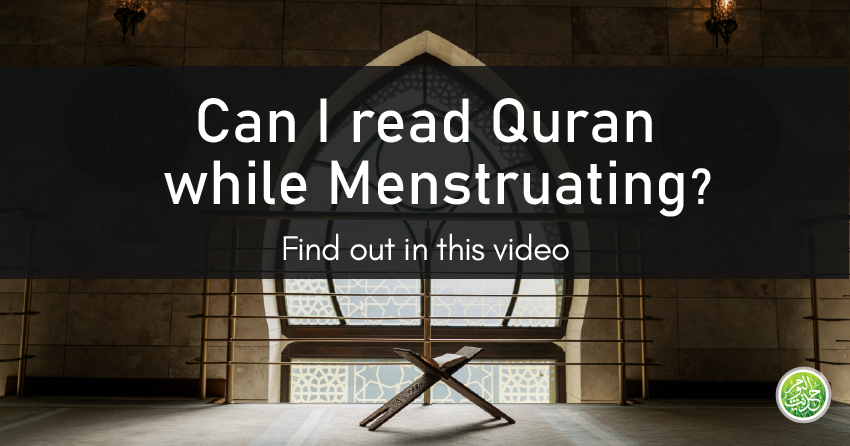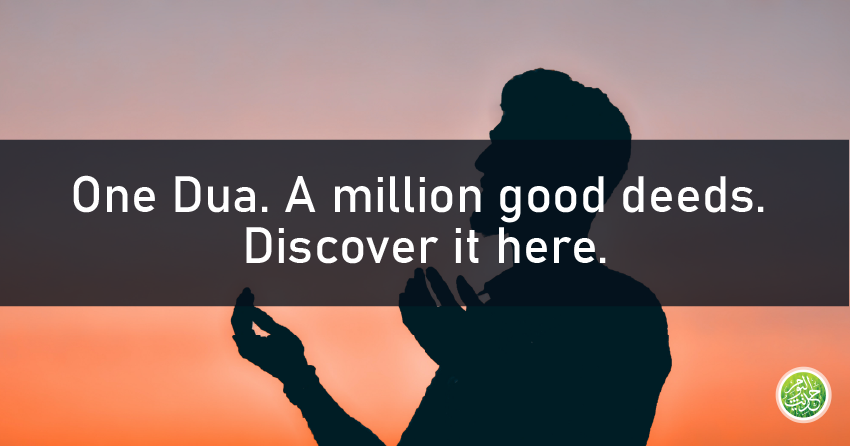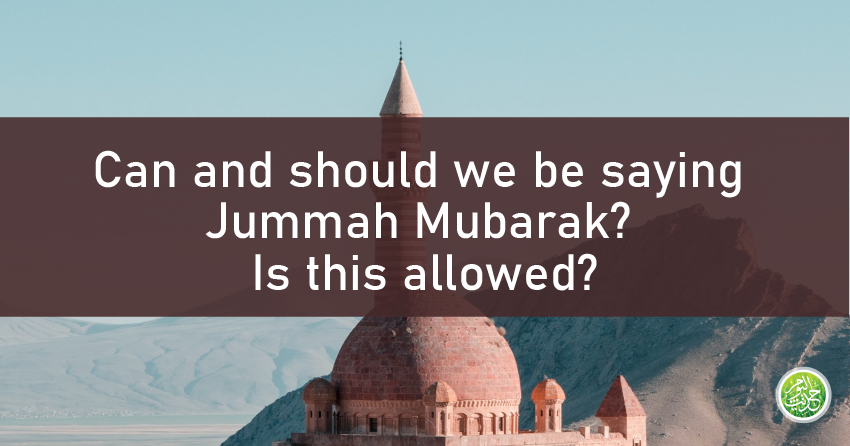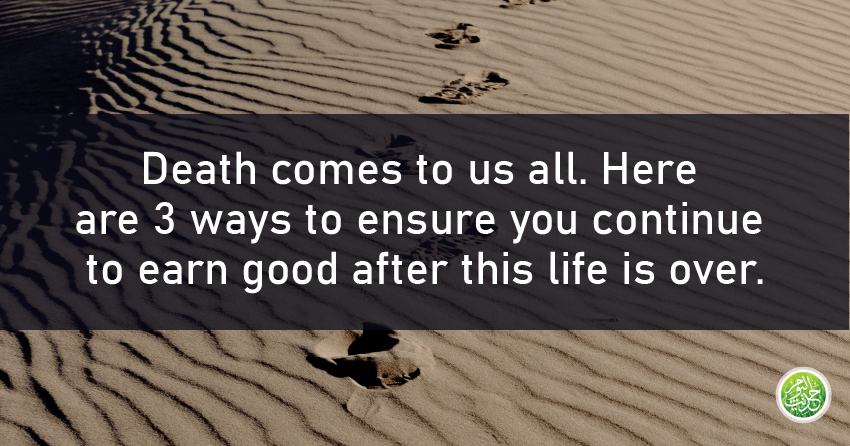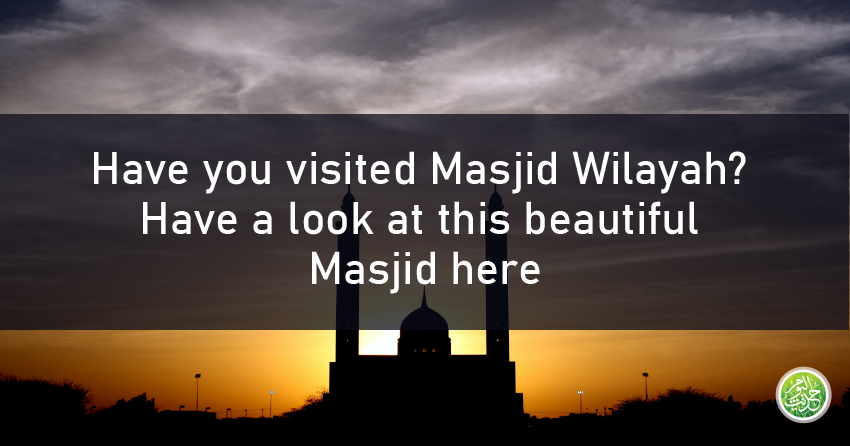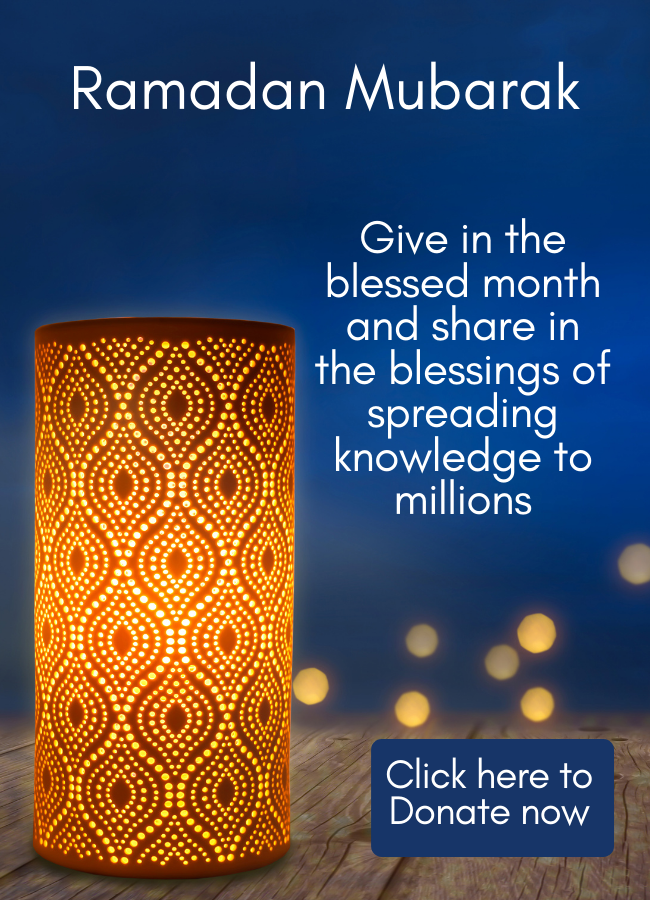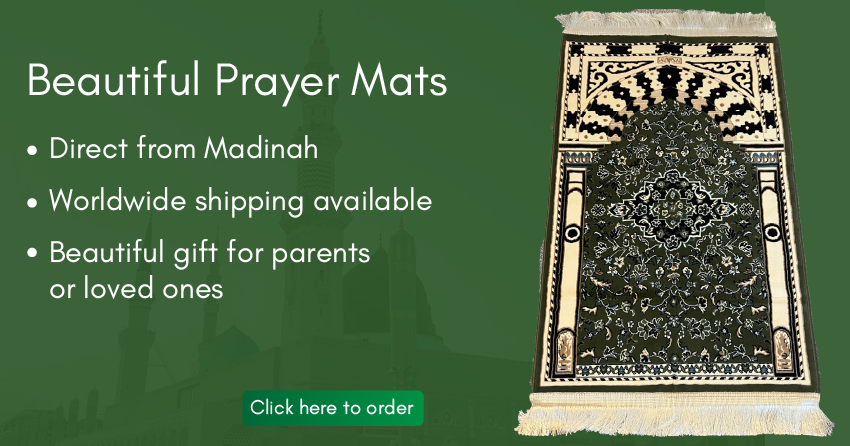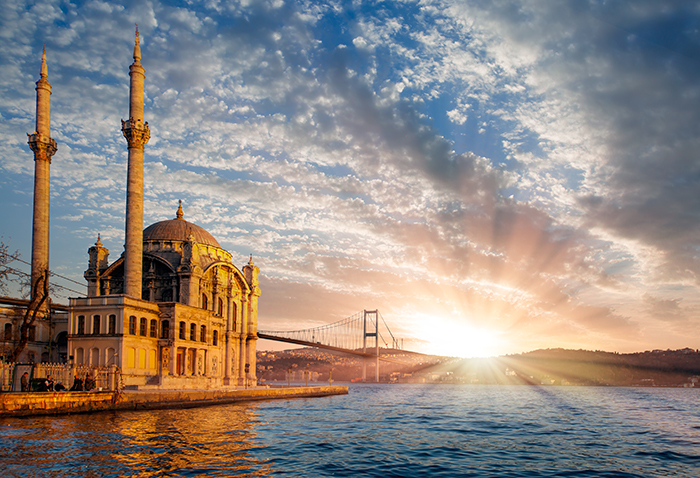
Tired of dragging your foot through countless museums only to be disappointed with the lack of Islamic history? Buckle up for an adventure of your lifetime as you explore the birth place of the top five best Muslim empires.
Spain
The Iberian Peninsula is one of the remarkably famous hotspots to wallow yourself into the study of Islamic history. Here, Islam conquered Spain for over 800 years, influencing culture and language while challenging the education system of Spain. The Moors were a fierce group of Africans under the ruler Tariq ibn-Ziyad that invaded Visigoth Spain in 711 AD. An advocate for higher education, the Moors built seventeen universities introducing the subjects of Astronomy, Chemistry, Physics, Mathematics, Geography, and Philosophy. Roots of common Spanish words such as hasta, almohada, azúcar, Alhambra and 4,000 others deprive from the Arabic language. Interestingly, when it came to hygiene the Moors took their showers seriously. In Cordova, 900 public baths were established as the people of Spain were taught about cleanliness. To indulge yourself in Moorish-Spanish visit Museum of the Alhambra located in Granada. Preserved artefacts from the Moorish empire is displayed in huge quantities. Architecture from the Moorish times is evident in the Alhambra Palace in Granda. Not only did the Moors spread Islamic awareness but molded the Christian Peninsula for what it is today. In other words, the Moors deserve a huge “thank you” from Spain.
Turkey
The glorious days of the Ottoman Empire still have the power to send shivers down your spine. The dynamic Turkish Empire expanded from Southeast Europe to Western Asia proving to be one of the largest Muslim empires of all time. Their power was substantiated with the conquest of Constantinople which had symbolized Christian dominance—now symbolizes Muslim dominance in the Middle East, known as Istanbul. Leaders that acquired great scientific knowledge such as Taqi al-Din Muhammed ibn Ma’ruf emerged, contributing to astronomy, astrology, engineering, zoology, theology and botany. Culture flourished under the Ottoman sparking the European Renaissance. A new form of poetry known as Diwan spread like wildfire, you can still hear some of it in modern day Turkish poetry. The Museum of Turkish and Islamic Art located across from Blue Mosque, displays some of the inventions from the Ottomans like carpets, calligraphy and illuminated Qurans. Panorama 1453 History Museum in Istanbul exhibits the attack of Constantinople. From science, to architecture, to poetry, it is no doubt that the Ottoman Empire is the basis for all the countries it ruled across the Mediterranean.
North Africa
Travel to the Indian subcontinent to expertise on a family of genius rulers. The Mongol dynasty controlled northern part of India for two centuries combining Hindus and Muslims under one power. Such integration was the reason behind the success of the brilliant family. Genghis Khan was the founder of the dynasty; his son and grandchildren continued the legacy. One of the world renowned Mongol is Shah Jahan—the fifth Empire and the mastermind behind the Tag Mahal. With a deep burning love for his wife Mumtaz, Shah Jahan built the Taj Mahal to honour her. He also erected the Great Mosque of Delhi, Wazir Khan Mosque, Moti Mosque, and Shahjahan Mosque renaming the era, “golden age of Mughal architecture”. Flocks of tourist migrate each year to the Indian subcontinent to witness the ruins of the Mughal dynasty and to walk through the marvellous Taj Mahal Palace marked as a UNESCO World Heritage Site. The Mongols’ contribution to culture is evident with the introduction of popular food like biryani and Haleem. Agra Fort, Fatehpur Sikri, Humayun’s Tomb, Lahore Fort, Mausolem of Emperor Akbar, and Red Fort are all places in the Indian subcontinent to feel the presence of the once riveting empire.
India
If you thought Bill Gates was rich, wait till you read about the king of gold, Mansa Musa. The tenth of the Mali Empire, Mansa Musa was one of the wealthiest Muslim emperor ruling Mali, Gambia, Mauritian, Senegal, Gambia, Burking Faso, Niger and Nigeria from 1312 to 1337. Significantly known for his generosity towards the poor, on his journey to Hajj, Musa frequently donated blocks of gold to travellers, rulers, and anyone he came across. The world renowned emperor was a devoted Muslim building mosques, libraries, and universities to promote Islamic education. Some architecture from Mansa Musa’s period can be soaked at the Mosque at Gao and the Great Mosque at Timbuktu. Due to Musa’s networking skills, leaders from India and Spain sought an interest in the Sub-Saharan Africa making Timbuktu the centre for trade. Some of the astonishing architecture from Musa’s time is intact and available for visit. Sankore Madrasah, Dijinguereber Mosque, and Sidi Yahya are all open to tourists. Mansa Musa’s contribution is heavily felt by not only Africa but the world.
Iran
With the Ottomans in the west and the Mongols in the east, the Shia Safavid Empire held it down for three centuries lasting from 1501 to 1722. Based mostly in Iran and some part of Georgia and Turkey, the empire thrived becoming one of the sophisticated nation of all time. Safavids practiced a strict form of Shi’ism converting the rest of the Iranian population from Sufism. The Safavid Empire became the centre for art, architecture, poetry, and philosophy perfecting their metal work, painting, period, textiles, and carpets. The city of Isfahan has a reputation for marvellous architecture and is described as “Nise-e-Jahan” translating to “half the world”. Persians believed that touring in Isfahan is close to seeing half the word. Naghsh-e Jahan Square is considered one of largest city squares and is UNESCO as a World Heritage Site. Among the Safavids lived poets and painters while royal workshops were open for artists. The art of the Safavids are preserved in some of the museums of Iran. A walk to the City of Isfahan is enough to be reminded of the once classy empire, the mighty Safavids.
Interested in exploring the world from a Halal-friendly and historic perspective? Discover cultures, natural wonders, beautiful mosques and more as well as reviews of airlines, hotels and destinations at Sociable Earth.
Since You’re Here… we have a small favour to ask.
In these extraordinary times, millions rely on HOTD for daily uplifting & inspiring content. Established since 2009 and with your kind support we’ve seen readers elevate their Imaan & strive for better on a daily basis. We’re committed to keeping our content freely available and open for all readers. Every contribution, however big or small, makes a difference and help us spread knowledge to millions daily
HOTD is something special, it’s a place where people can come to be inspired, to renew their faith, to learn and share knowledge, to fall in love with our faith and also our Prophet (peace and blessings be upon him and his family).
All content on HOTD is free. We believe what we do in this life builds for the next one and we work tirelessly with the aim to please Allah and inspire the global Muslim community as
well as providing information and inspiration for anyone interested in Islam. We simply cannot do this without your support and your support helps us continue our services.
If there were ever a time to join us, it is now. You can support HOTD and help sustain our future. Support Hadith of the Day and make a one-off donation or give regularly from as little as £10 a month Jazak’Allah Khayr – whatever you donate will come back to benefit you Insha’Allah as whatever is spent in the way of Allah is an investment in the future and the next life. Thank you.













